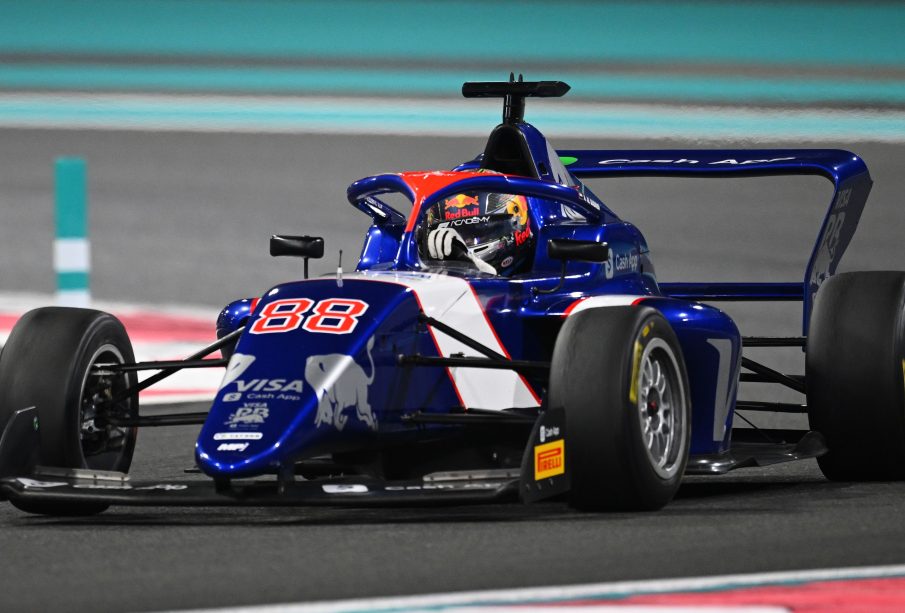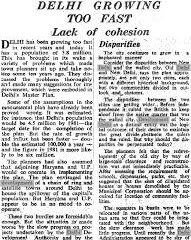Introduction to the F1 Academy: Paving the Way for Women in Motorsport

Introduction
The F1 Academy is a groundbreaking initiative launched by Formula 1 to promote and support female talent in motorsport. In an industry historically dominated by men, the F1 Academy serves as a pivotal platform for young women to express their driving capabilities, gain essential skills, and compete at high levels. As diversity and inclusion become increasingly prioritized in global sports, the F1 Academy represents a significant stride towards a more equitable motorsport environment.
Key Objectives of the F1 Academy
The primary objective of the F1 Academy is to create a clear pathway for female drivers to progress through the ranks of motorsport, ultimately aiming to reach the Formula 1 circuit. The program will provide financial support, coaching, and competitive opportunities, ensuring that talented young women are not sidelined due to a lack of resources. The F1 Academy is designed to mirror the existing structure of junior motorsport categories, allowing participants to gain experience in single-seater racing formats.
Recent Developments
Since its announcement in mid-2022, the F1 Academy has seen an increasing number of participants and has already staged its first season this year with multiple events across Europe. The inaugural season included races in iconic locations such as Silverstone and Barcelona, showcasing the talent pool of female drivers eager to make their mark in the motorsport scene. Initial race results have shown promise, with several young drivers impressing in their performances, grabbing the attention of not just fans, but also of professional teams in higher racing classes.
Impact on Women in Motorsport
With the launch of the F1 Academy, there is a growing hope that more women will aspire to join the sport as professional drivers, engineers, and team leaders. The initiative not only focuses on driving talent but also encourages educational programs related to engineering and team management, aimed at increasing female representation in all aspects of motorsport. This approach could inspire a new generation who see motorsport as an inclusive field.
Conclusion
As the F1 Academy continues to develop, it promises to reshape the dynamics of motorsport by opening doors for women and encouraging diversity at all levels. By providing essential support and resources, the initiative highlights Formula 1’s commitment to breaking down barriers and fostering talent, regardless of gender. As we look ahead, the success of the F1 Academy could be a turning point for women in racing, paving the way for future generations to thrive in a sport that has long awaited their inclusion.









